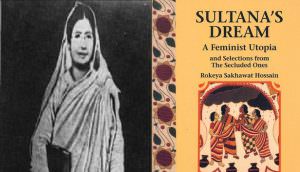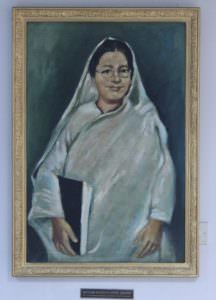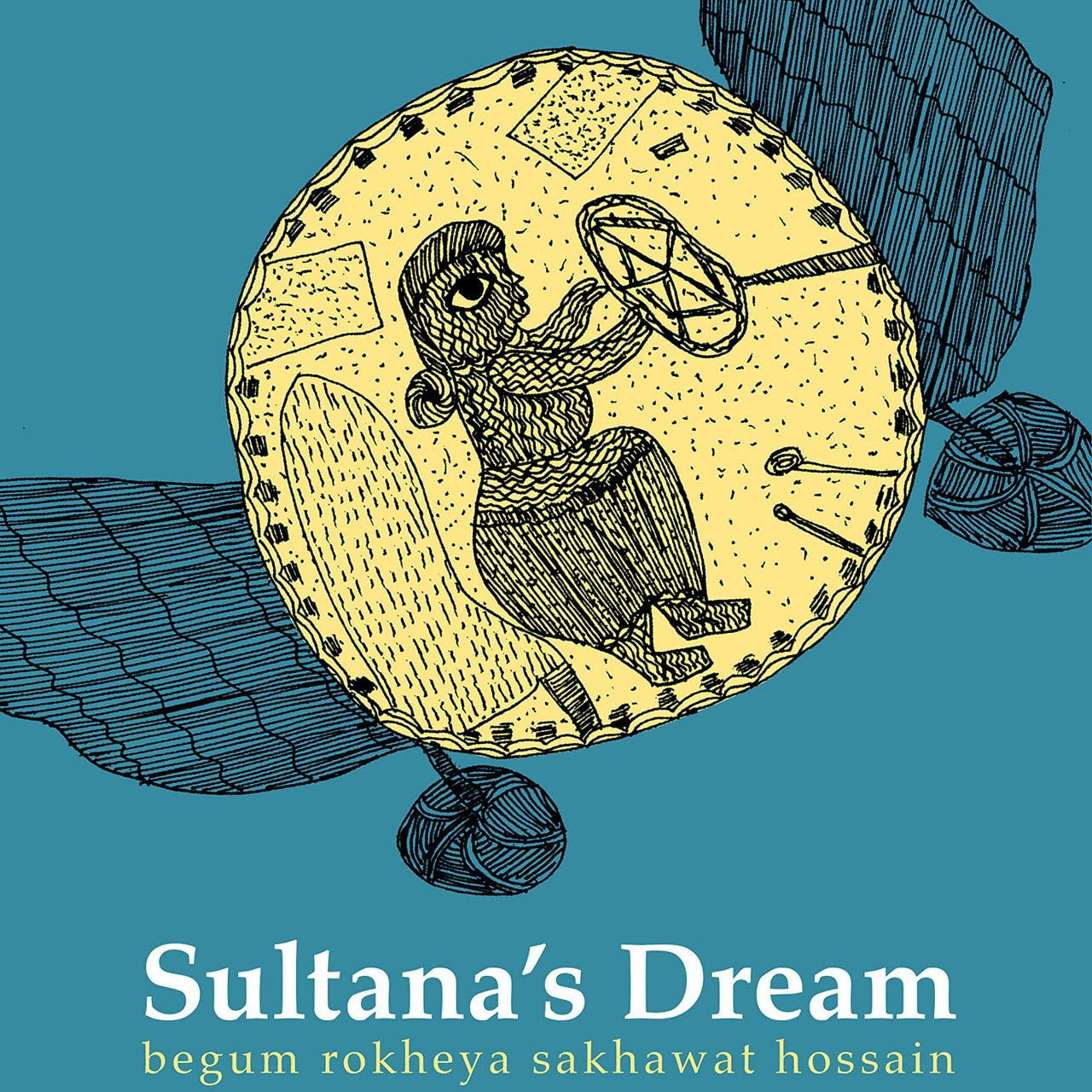The imagining of feminist utopia focuses on whether a gender equal utopia can exist. A world without patriarchal oppression and gender binaries which is beyond the violence gender itself produces within the lives of people, a feminist utopia imagines a world without gender binaries and gender discrimination.
Radical feminism explains that a feminist utopia cannot exist if inequalities exist due to gender binaries and discrimination. It advocates for imagining a feminist utopia which provides a critique of gender itself.
Although Rokeya Sakhawat Begum’s work Sultana’s Dream is a feminist attempt at imagining a feminist utopia, named ‘Ladyland’, the story in itself draws a lot of inspiration from her own life experiences as a Muslim girl child born to an upper class Muslim family. The women of the family were under strict observance of Purdah system that secluded them to the domestic realm.
Rokeya’s father encouraged his sons to acquire a Western education and secure a civil servant position in the colonial administration while the female members of the family (no matter what they wanted) were restricted to educate themselves through any educational institutions. With constant familial questioning, Rokeya’s brothers educated Rokeya and her elder sister Karimunnessa at home.
Also Read: 6 Indian Muslim Feminists In History
Rokeya’s elder sister was married off before the age of fourteen after being sent to her maternal grandparents place because of her father’s objection to studying Bengali. Rokeya emphasised in one of her works that marriage prevented her sister to educate herself.
Rokeya was encouraged by her civil servant husband to continue with her education after marriage. Rokeya’s husband, Khan Bahadur Sakhawat Hussain was an Urdu speaking, western educated, and ‘liberal’ minded deputy magistrate of Bhagalpur. He encouraged Rokeya to write in Bengali which will help her to connect with the common people and she later published Motichur in 1905 and Sultana’s Dream in 1908.

Rokeya’s exceptional work Sultana’s Dream is based on an imagined Ladyland where women seem to have access to public spaces without being restricted by social or religious customs. The conversion of Ladyland from a male dominated space was conceived as unrealistic by Sultana. She experiences herself as free by first reclaiming a public space where she is not subjected to male gaze and surveillance.
The story reveals various emotions felt by women facing patriarchal oppression. The writing style depicts emotions of anger, fear and constant urge to challenge male authority. Rokeya makes several attempts at engaging the female reader and reminding them of their own worth and question the patriarchal power that confines them to the domestic realm. In the story, women are shown as more rational and scientific than men, wherein Sara (the protagonist’s imaginary friend) is a scientific researcher who considers women as superior to men.
Women’s brain are more quicker than men’s.
When it comes to discussing women’s traditional work, Sultana is taken by surprise with Sara’s assertion of men being unworthy to work for women. Sultana is delighted to see the way women manage and control everything. She questions her friend with the similar patriarchal assumptions about women being unfit to work rationally and outside the house.
The story constantly reminds the reader of the social and religious customs plaguing women’s emancipation. She focuses on women’s need to attain more education and challenge customs like child marriage and Purdah system. Rokeya draws information from her own childhood memories where women including her mother and other female members of the family observed the Purdah system and the way her sister was married off before the age of fifteen. Through the story, she attempts to bring the issues that hindered women’s emancipation. She comments on the same through highlighting the sexual transformation of Purdah system from being about seclusion of women to male seclusion.

Women are shown as scientific researchers and men being capable of advancing military power. Through the story, Rokeya emphasizes on women’s take over social and religious matters. In the fictional dream, religion is given attributes of ‘Love and Truth’ in which killing of another human being is considered a crime. The Ladyland customs defy relations of kinship followed under male dominated world.
Through Sultana’s Dream which was written during colonial rule, Rokeya attempts to highlight the relevance of equality, women’s education and freedom. In addition to this, Rokeya through this story, quite successfully ridicules patriarchal oppression faced by Muslim women.
Sultana’s Dream is based on an imagined Ladyland where women Can access public spaces unrestricted by social or religious customs.
However, for a 21st century reader, at first glance the story may seem as recreating structures of domination and inequality but it focuses majorly on how the adversities of patriarchal oppression impacted the lives of Muslim women in the late 19th century. Sultana’s Dream is a feminist utopia as it attempts to challenge patriarchal oppression by providing women with a lesson on self determination and worth.
Therefore, as a feminist utopia, Sultana’s Dream offers no space for male domination and oppression. It throws light on various social and religious customs that were practised to dominate women. Rokeya’s childhood memories and educational background allows her to reflect on issues plaguing women’s emancipation.
Sultana’s Dream hardly questions the discrimination perpetuated through gender binaries. It attempts to make sexual role reversals in which men are shown as the inferior sex. However, it narrowly questions the violence and discrimination perpetuated through the category of gender. Since, it provides a critique of patriarchy and the affect of it on women’s lives but barely examines caste and class backgrounds in perpetuating inequalities and discrimination among individuals.
Also Read: Begum Rokeya: The Writer Who Introduced Us To Feminist Sci-Fi | #IndianWomenInHistory
About the author(s)
I am still confused about calling myself a radical feminist. A sluggish writer. I am more interested in reading about politics, colonial history, and stories of resistance to dominant power structures. I believe that patriarchy screwed up everyone’s life. I have an undying love for western Marxist and feminist theories.




